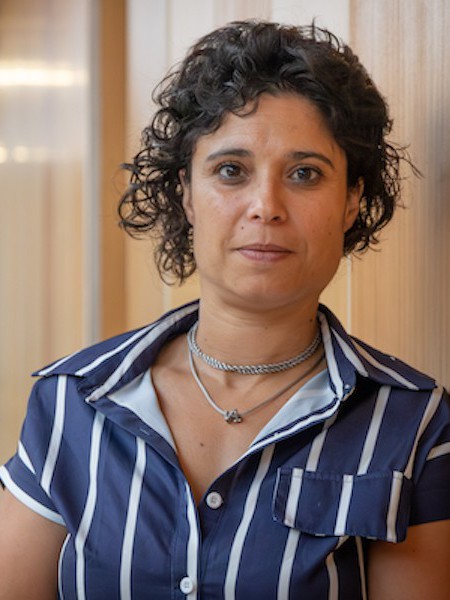abstract
The development of new photodynamic therapy (PDT) agents designed for bladder cancer (BC) treatments is of utmost importance to prevent its recurrence and progression towards more invasive forms. Here, three different porphyrinic photosensitizers (PS) (TMPyP, Zn-TMPyP, and P1-C-5) were non-covalently loaded onto graphene oxide (GO) or graphene quantum dots (GQDs) in a one-step process. The cytotoxic effects of the free PS and of the corresponding hybrids were compared upon blue (BL) and red-light (RL) exposure on T24 human BC cells. In addition, intracellular reactive oxygen species (ROS) and singlet oxygen generation were measured. TMPyP and Zn-TMPyP showed higher efficiency under BL (IC50: 0.42 and 0.22 mu m, respectively), while P1-C-5 was more active under RL (IC50: 0.14 mu m). In general, these PS could induce apoptotic cell death through lysosomes damage. The in vitro photosensitizing activity of the PS was not compromised after their immobilization onto graphene-based nanomaterials, with Zn-TMPyP@GQDs being the most promising hybrid system under RL (IC50: 0.37 mu g/mL). Overall, our data confirm that GO and GQDs may represent valid platforms for PS delivery, without altering their performance for PDT on BC cells.
keywords
PHOTODYNAMIC THERAPY
subject category
Pharmacology & Pharmacy
authors
Menilli, L; Monteiro, AR; Lazzarotto, S; Morais, FMP; Gomes, ATPC; Moura, NMM; Fateixa, S; Faustino, MAF; Neves, MGPMS; Trindade, T; Miolo, G
our authors
acknowledgements
This research was funded by the University of Padova, PRAT project no. CPDA150854. The authors are grateful to the University of Aveiro and to the FundacAo para a Ciencia e a Tecnologia (FCT) for the financial support to LAQV-REQUIMTE (Ref.UIDB/50006/2020) and CICECO-Aveiro Institute of Materials (Ref.UID/CTM/50011/2020) through national funds and, where applicable, co-financed by the FEDER, within the PT2020 Partnership Agreement. The authors also acknowledge the Portuguese NMR Network. Ana R. Monteiro would like to thanks the FCT for the PhD grant SFRH/BD/137356/2018. N. M. M. Moura and Sara Fateixa acknowledges the costs of their research contracts (REF.-048-88-ARH/2018 and REF.-069-88-ARH/2018, respectively) resulting from the FCT hiring funded by National funds (OE), through FCT, I.P., in the scope of the framework contract foreseen in 4, 5, and 6 of article 23 of the Decree-Law 57/2016, of 29 August, changed by the law 57/2017, of 19 July.




